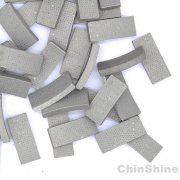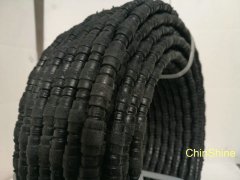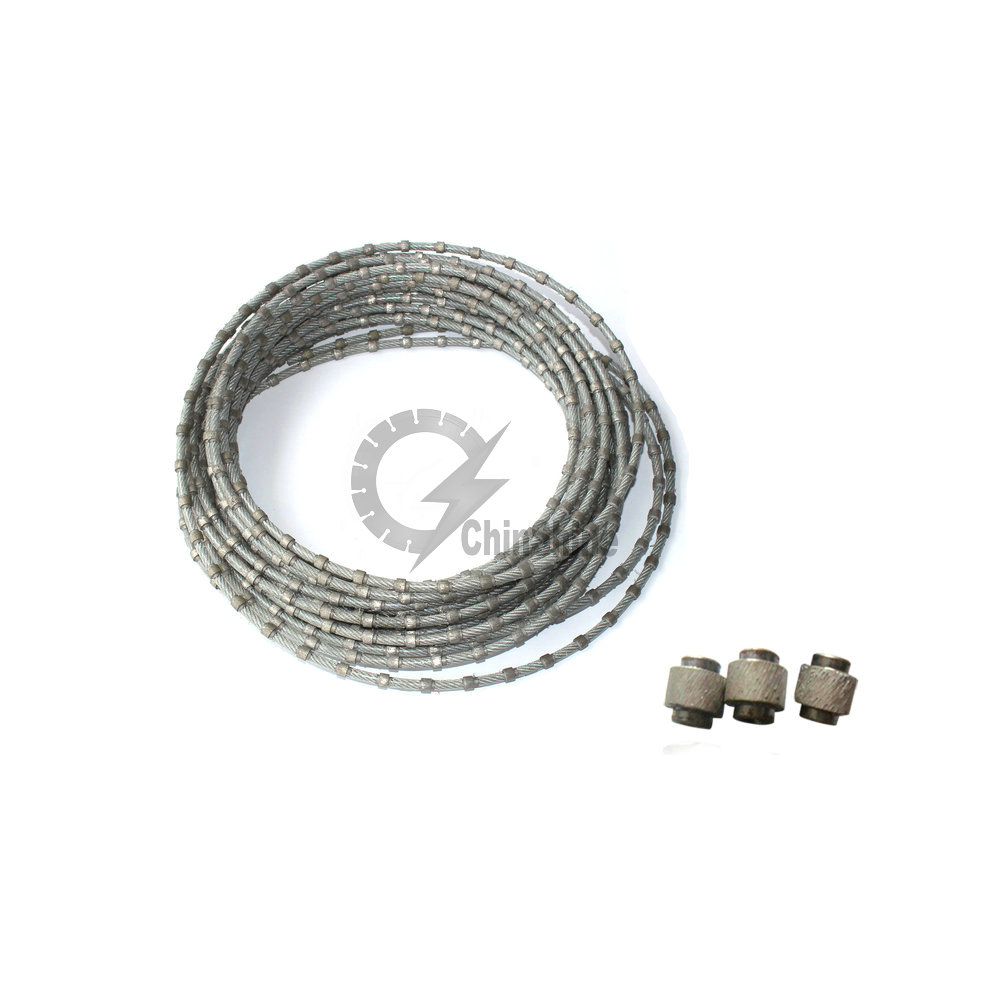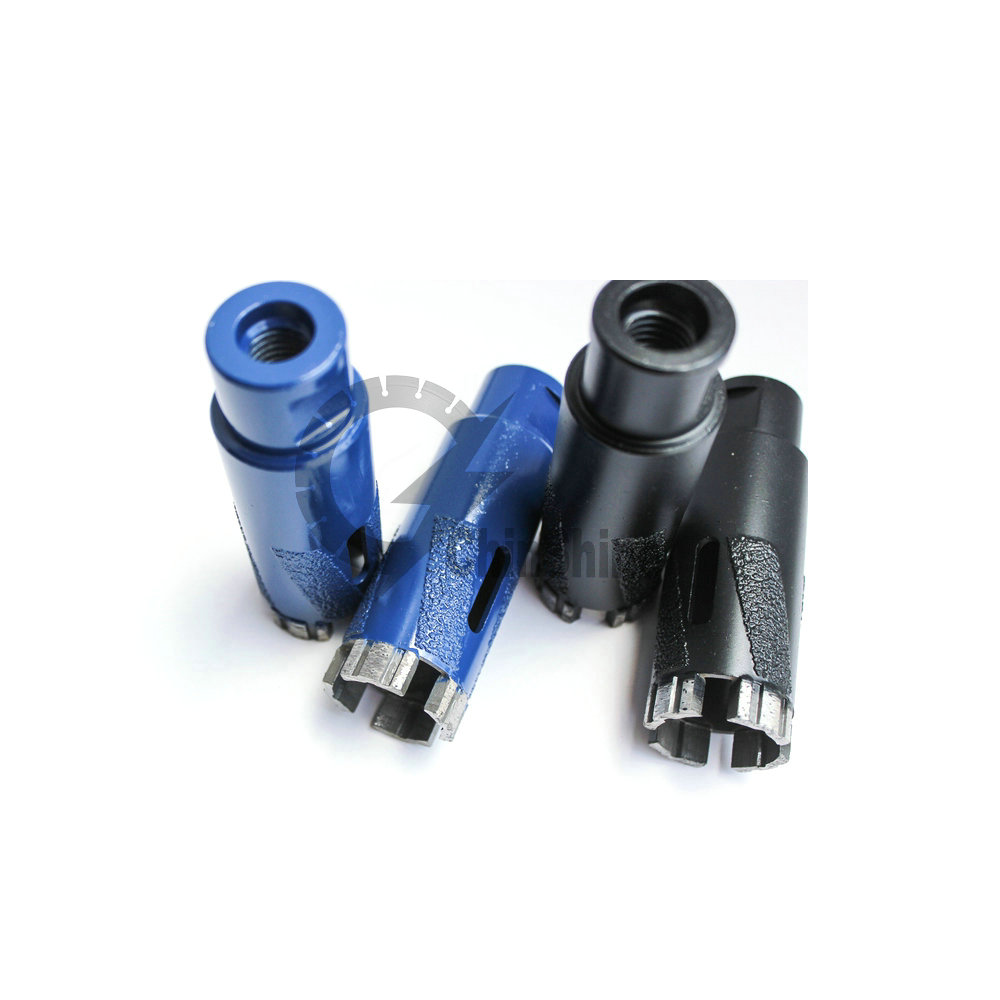One area that requires special attention when working with Dekton/Sintered Stone is material processing. There are some basic practices to keep in mind when you transport and position the Dekton/Sintered Stone for work. By using specific technology and Dekton/Sintered Stone processing techniques, you will protect the board from damage, so as not to affect performance when installing the surface.
When cutting Dekton/Sintered Stone board, it is recommended to cut on a machine with a cement or sandstone bed. In addition to cutting on a bed made of recommended materials, smaller fragments should be secured when cutting. By fixing the smaller workpiece on the bed while cutting, the manufacturer will prevent the workpiece from moving during the cutting process.
The straight cut parameters for DEKTON are provided in the following table:
| STRAIGHT CUT PARAMETERS | |||
| Soft | Medium | Hard | |
| Colours |
· Strato · Sirocco |
· Domoos · Sirius · Ananke · Kadum · Keranium · Edora · Irok · Vegha · Danae |
· Zenith · Ariane · Aura · Kairos |
| Speed | 1-1.2m/min | .8-1m/min | .5m/min |
| Depth | 3-5mm | 3-5mm | 3-5mm |
To ensure that the flat panel benefits from horizontal support, be sure to check and clean the back of the flat panel. When placed on a supporting surface, debris or other items on the back of the board may cause the board to be uneven.
For cutting DEKTON/Sinter Stone at a 45° angle, the following parameters are recommended:
| 45° PARAMETERS | |||
| Soft | Medium | Hard | |
| Colors |
· Strato · Sirocco |
· Domoos · Sirius · Ananke · Kadum · Keranium · Edora · Irok · Vegha · Danae |
· Zenith · Ariane · Aura · Kairos |
| Speed | 0.4-0.5m/min | 0.4-0.5m/min | 0.4-0.5m/min |
| Depth | 3-5mm | 3-5mm | 3-5mm |
Just as there are recommendations for cutting DEKTON materials, there are best practices for edge-polishing as well. In this section of the article and in the video above, you can find the recommendations for performing edge-polishing on DEKTON surfaces. Here is a quick list of tips to help you set up your edge-polishing area:
- Polished Finish Feed Speed: 0.6 m/min From 1.8 to 2.2 bar
- Mitre Joint Feed Speed: 0.2 m/min
- When in the edge-polisher, protecting the right side of the slab is recommended.
- To avoid breaking the slab on the rollers, cut the mitre edge before doing the cutout.
To avoid chipping the edge to be mitered, DEKTON recommends using waste pieces before and after the edge you are mitering. Additionally, better results are achieved by leaving a 1mm edge than are realized when leaving a 0mm edge.
By following the aforementioned recommendations, DEKTON fabricators will ensure the best results consistently when working with the material.
Just as there are recommendations to follow when cutting and edge-polishing DEKTON surfaces, processing slabs also have recommended best practices. When these recommendations are closely followed by stone professionals, the processing phase of working with the material goes smooth and the results are good.
To begin with, always use water-cooled tools when processing DEKTON. This keeps the material and the tools from getting too hot. Overheated tools yield inferior results. Along the same lines, other equipment that is used to work with DEKTON has specific requirements. Let's look at some of those now.
First, Work tables must be in good condition if they are to be used for working with DEKTON. Also, the use of A-Frames is not recommended. Rather than using A-Frames, it is recommended that fabricators use tables so that the material has a sufficient amount of support. In fact, DEKTON slabs must be well supported with a substantial base to yield the best results.
When performing manual cutouts, cut the longer edges of the cutout first and then cut the shorter ones. When using tools designed for DEKTON, always follow the recommendations of the tool manufacturer.
When it comes to abrasives, the recommendation is to use 50 grains or higher. Additionally, slots at both miter edges are required for ensuring a strong bond. These slots improve the application of the adhesive.
When processing DEKTON with diamond saw blade, always use adhesives approved for DEKTON. Mastidek adhesives have been designed specifically for DEKTON. Also, Mastidek provides matching colors for the DEKTON slabs.
Of course, it is important that you remove any excess adhesive from the surface of the material and bevel the joints using the appropriate equipment. Finally, solvent or acetone can be used to clean up any remaining adhesive waste that may be left on the surface.
Reinforcing DEKTON can be done using the proper materials. It is important that the material used to reinforce DEKTON be a substance that offers similar heat tolerance (or thermal performance). Some materials that can be used fro reinforcing DEKTON include:
- Granite
- DEKTON
- Sintered Stone
Because Silestone will expand and contract at a different rate than DEKTON. Expansion and shrinkage are important to the integrity of the finished product.
| STRAIGHT CUT PARAMETERS | |||
| Soft | Medium | Hard | |
| Colors |
· Strato · Sirocco |
· Domoos · Sirius · Ananke · Kadum · Keranium · Edora · Irok · Vegha · Danae |
· Zenith · Ariane · Aura · Kairos |
| ChinShine Speed | 1.2m/min | 1m/min(2m/min for sinter stone) | 0.8m/min |
Some important things to remember when using CNC machines to operate on DEKTON include:

Previous:Concrete floor grinding and polishing steps Next:Concrete Diamond core drill bit size and core bit segment size
Thank you for your interest in the above content, please leave us inquiry, you can expect a response within 24 hours.
Required fields are marked *
|
|
|
|





